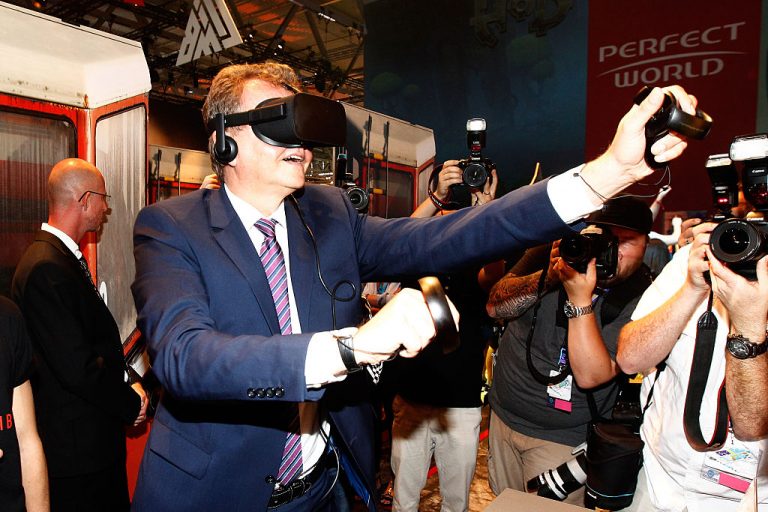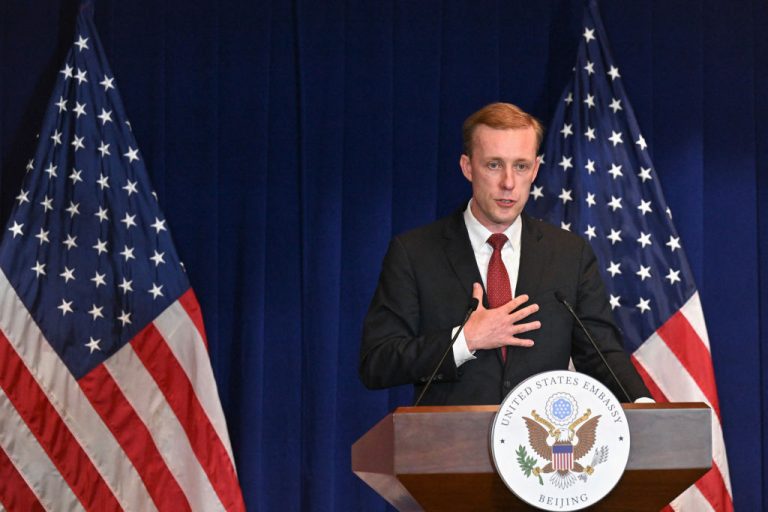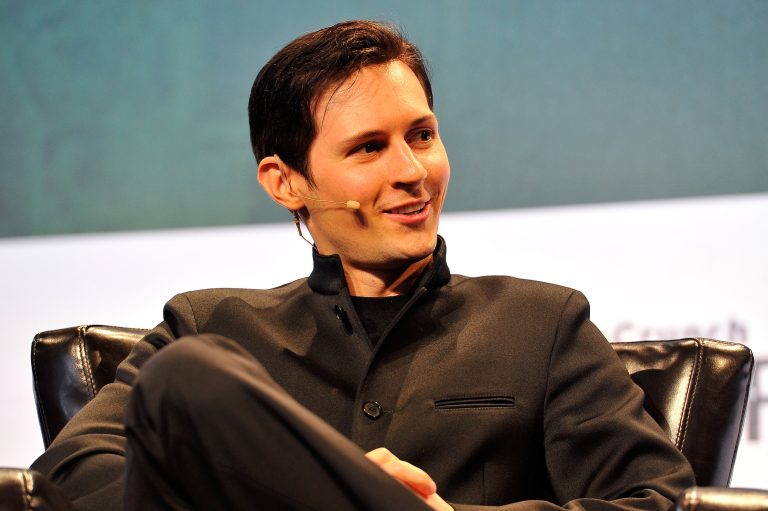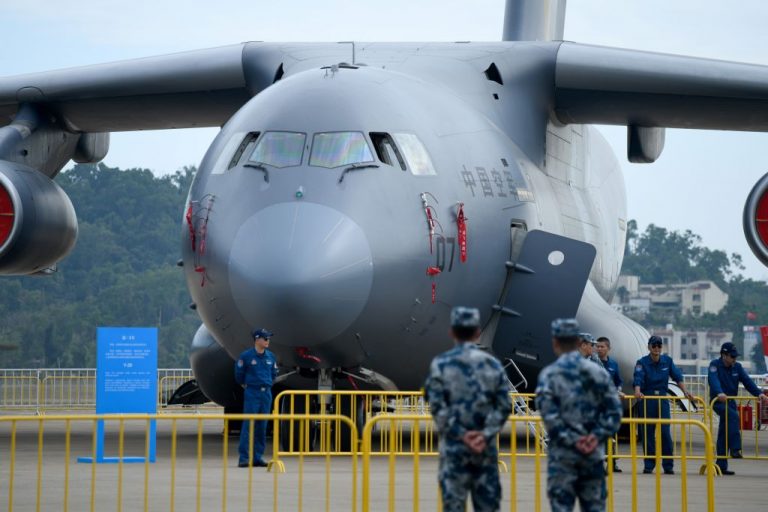A Chinese company with heavy ties to the Communist Party is in talks to purchase a German game developer whose special 3D engine is used by the U.S. military and others around the world to create combat simulation scenarios.
According to a July 13 report by German-langauge newspaper BILD, Shenzhen-based Tencent is in talks to purchase Crytek, creator of the CryEngine 3D sandbox tool used in blockbuster first person and adventure games such as Crysis and FarCry.
According to a Google translation of BILD’s article, the tabloid relies on information from anonymous insiders within the company, “Several people familiar with the matter fear that the Chinese want to use the ‘CryEngine’ developed by Crytek to produce war simulation programs for the Chinese army.”
BILD says Tencent, developer of ubiquitous Chinese communication tool and state surveillance platform Wechat, is looking to vest a “three-digit million” amount on Crytek through an unspecified European subsidiary. In January, Tencent used a European proxy titled Proxima Beta Europe BV to acquire a 50 million Euro stake in French developer Dontnod Entertainment.
Dontnod CEO Oskar Guilbert remarked that he and his company were “delighted” to have Tencent on board.
Success
You are now signed up for our newsletter
Success
Check your email to complete sign up
Tencent is a prolific investor in the world’s gaming and entertainment companies. In 2011, Tencent bought 92.78 percent of Riot Games, creator of free-to-play MOBA League of Legends, which has since gone on to be one of the most popular games in the world. In 2012, Tencent purchased a minority stake in Epic Games, creator of the addictive youth-targeting game Fortnight, and became a minority shareholder in U.S. gaming behemoth Activision Blizzard in 2013 when the company split from Vivendi. In 2016, it purchased 84.3 percent of Clash of Clans developer Supercell.
In 2014, it inked a deal with HBO to distribute its content in mainland China. The same year, it also led a $700 million funding round with scandal-plagued Chinese ride hailing app Didi. In 2015, it created WeBank, China’s only online-only bank. The same month, Tencent signed on the dotted line in a $700 million licensing agreement with the NBA to stream its games into the mainland.
In 2017, Tencent purchased 12 percent of the youth-focused Snapchat. In 2018, Tencent partnered with The Lego Group with aspirations to create games and a social media network targeting children.
The concern with the spread of Tencent’s tentacles throughout the world is simply that under Chinese law and the country’s social environment created and managed by the Chinese Communist Party, there is no such thing as a company free and independent of the government. Everything is a state enterprise, regardless of whether it is formally structured to be so.
In August of 2020, Taiwan News acquired a photo of Tencent’s top executives posing with a Chinese Communist Party flag inside of its Beijing headquarters. While in and of itself, a Chinese company posing with the national flag of its country may be of no concern, Taiwan News reported the picture was a photo opportunity for an event, “organized by a branch of the CCP of Beijing Normal University’s School of Journalism and Communications and held inside Tencent’s corporate headquarters in the Zhongguancun technology hub in Haidian” in 2016.
The event, titled Entering Tencent to Acquire Wisdom of Party Building, was attended by “50 students, academics, and members of the CCP,” presided over by the “CCP member in charge of party affairs for Tencent’s Beijing office,” and for the purpose of explaining “the party’s operations inside the tech giant to the guests.”
Relying on a 2017 Communist Party propaganda article published in Chinese, Taiwan News found Tencent has 5,593 formally enrolled CCP members in its ranks, which grew to 7,915 by 2017 for a total of 23 percent of all employees. Many were described as “newly developed party leaders,” a designation 80 percent comprising team leaders and key technicians.
The CryEngine was first used in 2006 in the game FarCry, originally developed as a technology demo for Nvidia. FarCry was sold to Ubisoft with a license to use its specific iteration of CryEngine.
CryEngine 2 was created and used in the popular 2007 franchise Crysis. CryEngine 3 was created in 2009 and licensed in 2011 by the Australian Defense Force for use in training of Australian Navy personnel for a virtual helicopter landing ship.
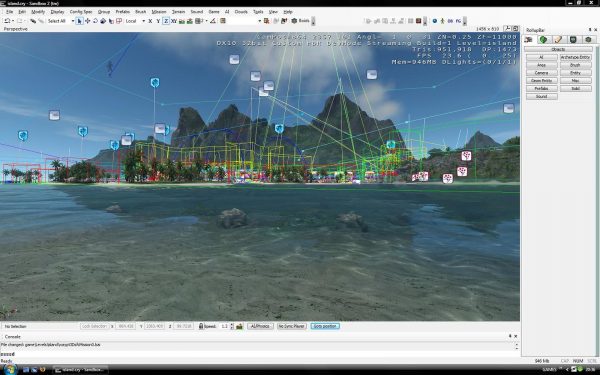
The same year, the U.S. Military licensed CryEngine 3 to use the technology in a hardware-based simulation where “soldiers wear a computer and a ‘head-mounted displays on their helmets’.”
“The computer runs the CryEngine 3 and displays landscapes and positions while the trainee moves around a 10 foot by 10 foot square area,” said Escapist Magazine.
Spokesperson for the project, Floyd West, told the Magazine the purchase was made because of the “capabilities that game engine provides…allows us to make the most realistic simulation possible. We’re able to transport soldiers to accurately recreated locales like Afghanistan and Iraq, where we can simulate everything from visuals to 360-degree sound.”
“The goal is to complete common operating environments, so the things the Army is doing today would be Afghanistan, the mountainous, cavernous regions, and the Iraqi desert-like regions, as well as wooded areas.”
West said, “We have some geotypical and common operating environments built-in for training, but the system will come with an editor that allows real missions to be created in the field.”
A Wikipedia summary of CryEngine’s technology explains the significant power the intellectual property holds for the creation of simulated worlds and real-life scenarios, “As opposed to editors like UnrealEd, which use a ‘subtractive’ editing style that takes away areas from a filled world space, the Sandbox has an ‘additive’ style (like Quake II). Objects are added to an overall empty space. The Sandbox’s concentration on potentially huge (in theory, hundreds of square kilometers) terrain, means that it uses an algorithmic form of painting textures and objects onto the landscape.”
“This uses various parameters to define the distribution of textures or types of vegetation. This is intended to save time and make the editing of such large terrains feasible while maintaining the overall ‘real world’ sandbox free roaming style. This is different from some editing styles that often use ‘fake backdrops’ to give the illusion of large terrains.”
BILD said neither Crytek nor Tencent responded to comment. Germany’s Federal Ministry of Economics told the outlet they would not comment on the case.



